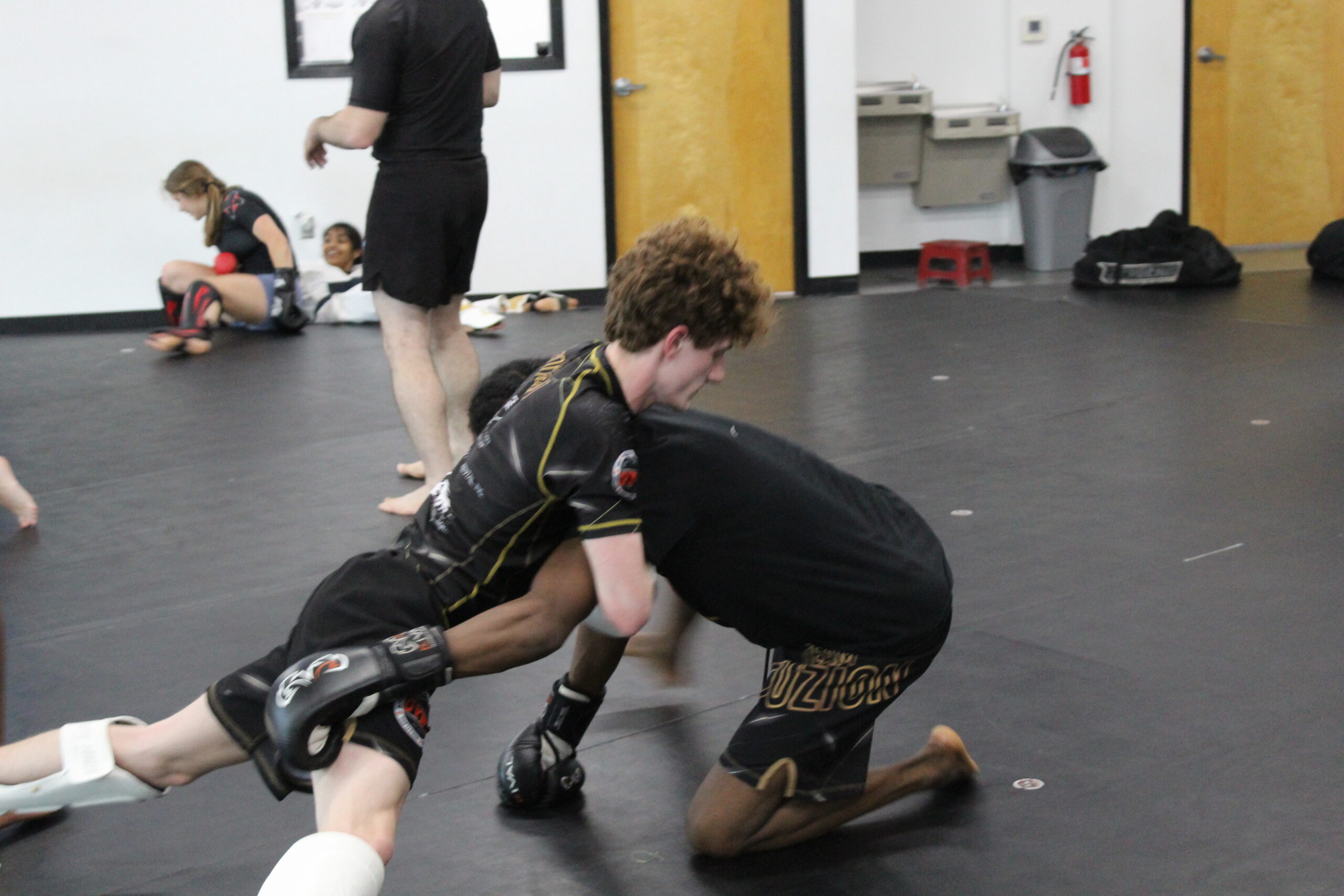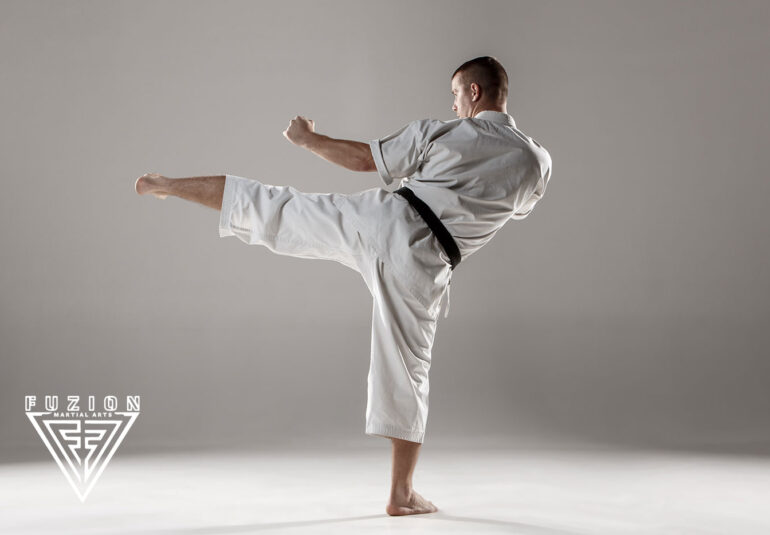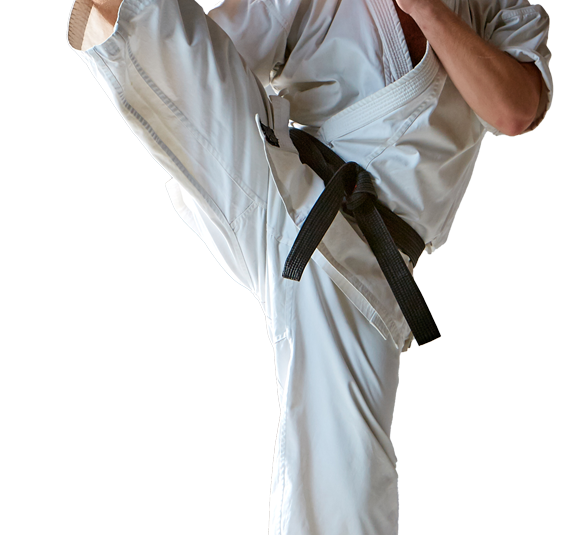
- 1
When it comes to self-defense, choosing the right martial art can make a significant difference in real-life situations. Two popular choices, Brazilian Jiu-Jitsu (BJJ) and Kickboxing, offer distinct approaches to defending oneself. Each has its strengths and weaknesses, depending on the context of the confrontation. Here, we will dive into the self-defense aspects of Jiu-Jitsu and Kickboxing to understand which might be better suited for various scenarios.
Jiu-Jitsu: The Gentle Art
Focus on Ground Fighting
Jiu-Jitsu is renowned for its effectiveness in ground combat. It emphasizes submissions, joint locks, and chokeholds to neutralize an opponent. In a self-defense scenario, Jiu-Jitsu teaches practitioners how to defend against larger and stronger attackers by using leverage and technique rather than brute strength.
Control and Restraint
One of the core strengths of Jiu-Jitsu is its focus on control. Practitioners learn to subdue opponents without causing unnecessary harm. This is particularly useful in situations where you may need to neutralize an aggressor without inflicting serious injury—such as in cases involving family members or legal implications.
Defense Against Larger Opponents
Jiu-Jitsu is particularly effective against larger opponents, making it ideal for self-defense. Techniques like guard positions, sweeps, and submissions allow a smaller, weaker person to defend themselves effectively. Royce Gracie’s success in early UFC matches, where he defeated much larger opponents using BJJ, is a testament to the art’s effectiveness in such scenarios.
Potential Weaknesses
However, Jiu-Jitsu’s strength can also be a weakness. Its heavy reliance on ground fighting can be a disadvantage in a street fight involving multiple attackers or situations where staying on your feet is crucial. Additionally, getting to the ground safely without getting hit can be challenging.
Kickboxing: The Art of Striking
Stand-Up Striking
Kickboxing, on the other hand, focuses on stand-up striking techniques, including punches, kicks, knees, and elbows. This makes it incredibly effective for self-defense when you need to defend yourself while staying on your feet. A well-placed punch or kick can quickly incapacitate an attacker, allowing you to escape or end the confrontation.
Range and Distance Management
One of the primary advantages of Kickboxing is its emphasis on controlling the distance between you and your opponent. By maintaining a safe distance, you can keep an attacker at bay and reduce the risk of being taken to the ground. This is crucial in self-defense scenarios, especially when dealing with multiple attackers.
Conditioning and Toughness
Kickboxers develop strong conditioning, reflexes, and toughness through regular sparring and training. This physical conditioning can be a significant advantage in a real-world self-defense situation, where stamina and resilience are essential.
Potential Weaknesses
However, Kickboxing has its limitations in self-defense. It lacks the grappling techniques needed to handle situations where the fight goes to the ground. Additionally, if an attacker closes the distance and clinches or tackles you, a lack of grappling knowledge can leave you vulnerable.
Which Is Better for Self-Defense?
The choice between Jiu-Jitsu and Kickboxing for self-defense depends on the situation and the individual’s preferences:
•Jiu-Jitsu is superior for situations where you might face a single, larger opponent and where ground fighting is likely. It’s also ideal for those who want to neutralize an opponent without causing significant harm.
•Kickboxing excels in scenarios where staying on your feet and maintaining distance from an attacker is crucial, such as in environments with multiple potential attackers or in situations where quick strikes can end a confrontation before it escalates.
Our Conclusion
Ultimately, the best self-defense strategy might involve a combination of both disciplines. Cross-training in both Jiu-Jitsu and Kickboxing can provide a well-rounded skill set, allowing you to defend yourself effectively, whether standing up or on the ground. This combination of skills ensures you’re prepared for a wider range of self-defense situations, giving you the confidence and ability to protect yourself in various circumstances.


